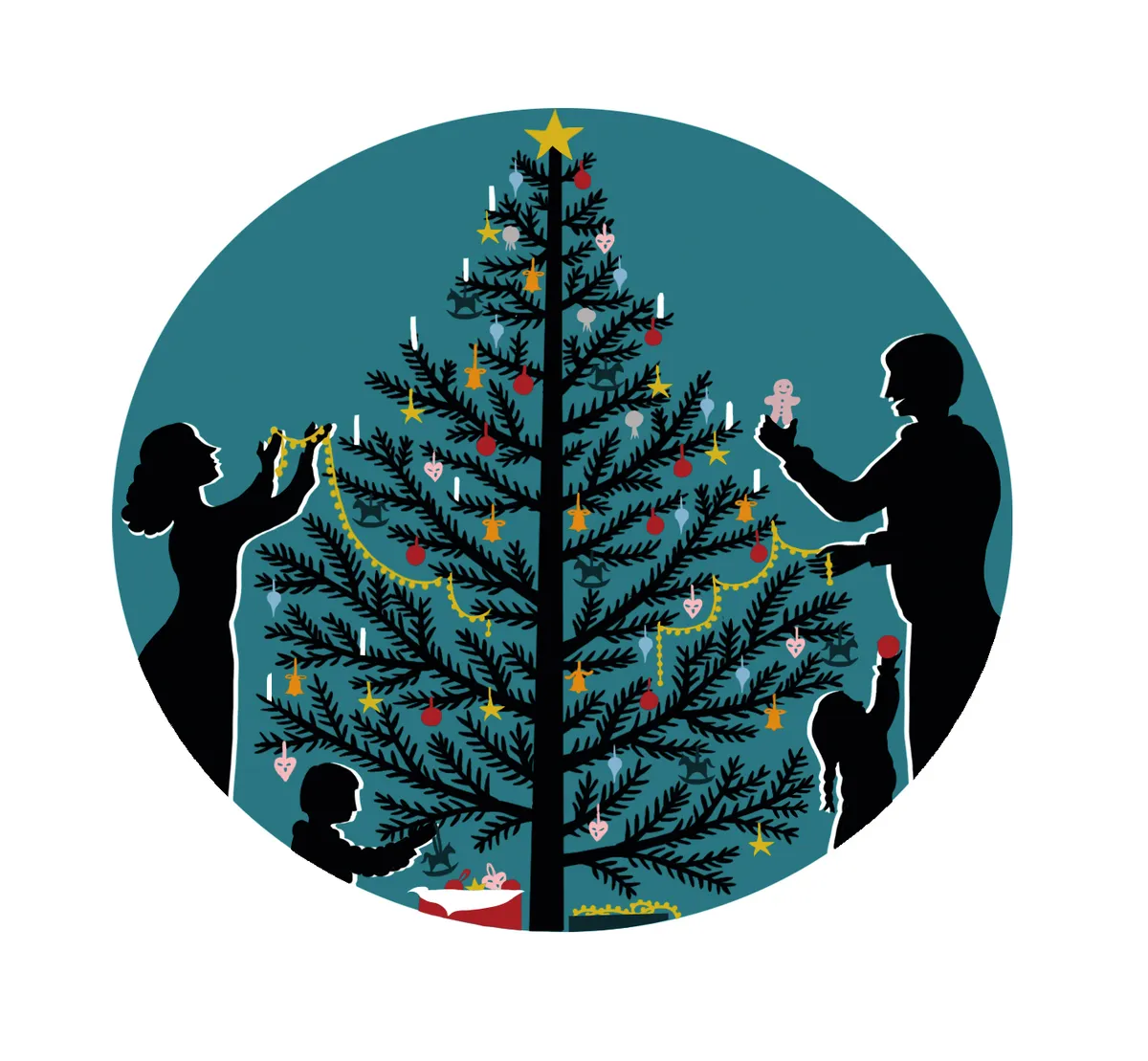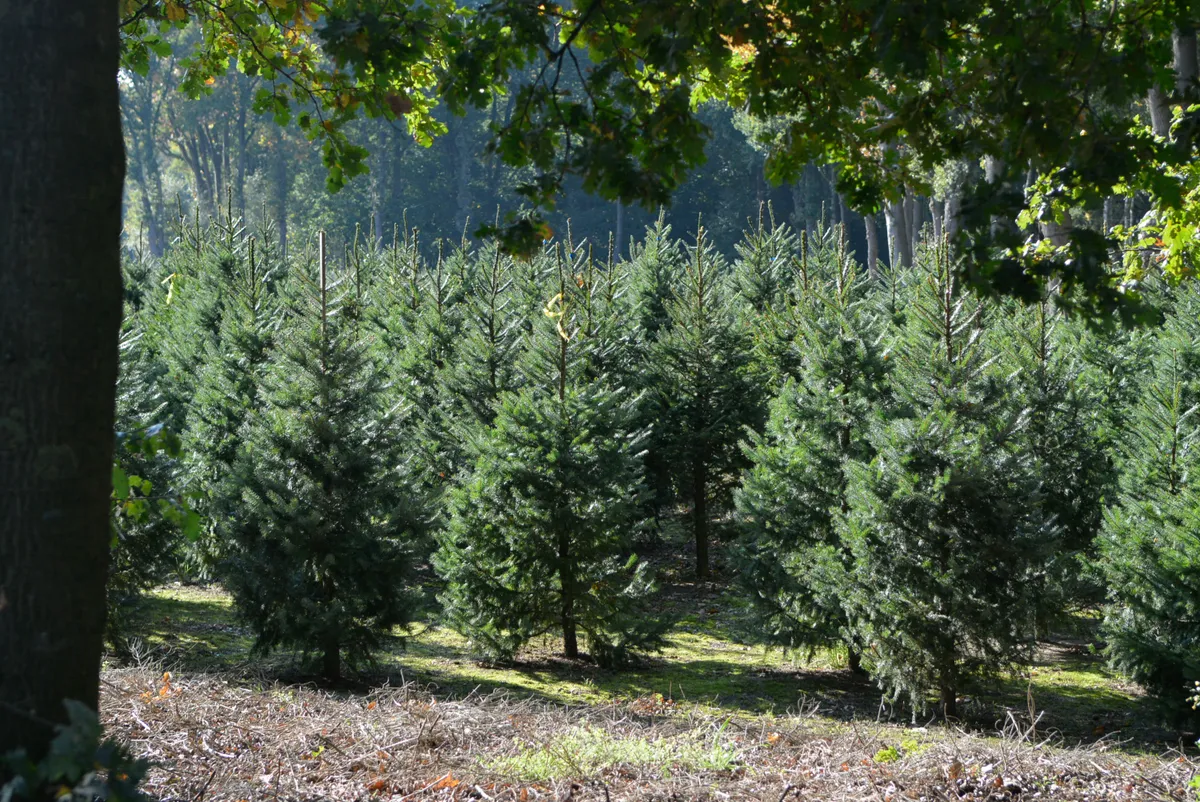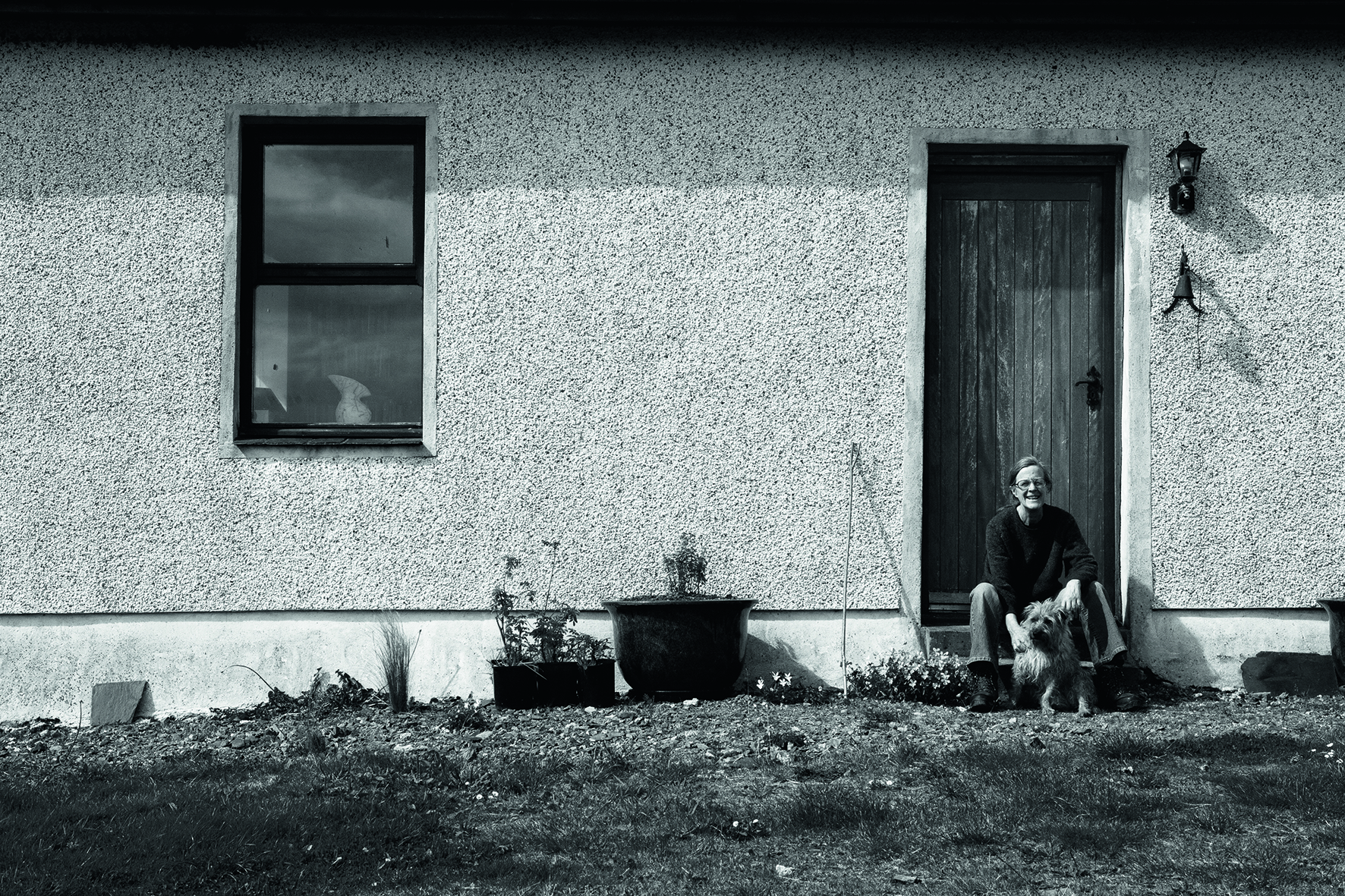Are you in one of the eight million households across the UK who feel that a real Christmas tree is an essential part of the festivities?
I certainly and shamelessly am. It is odd. Most, though by no means all, of these trees are sold ‘cut’ and rootless.
We are killing a tree to celebrate birth, or at least the turning of the year towards springtime and new life (the winter solstice takes place at Christmastide – 21 December this year – which is why Christianity chose that date for its festival.) The symbolism is awry!
Nor is the idea of bringing a tree into a house and decorating it for Christmas an ancient tradition. It seems to have started in Livonia (now Latvia and Estonia on the Baltic) in the 15th century, spreading slowly into northern Germany and still more slowly into southern Germany – where the predominantly Catholic population considered it a Protestant custom (ironically, the reverse is now the case – fundamentalist Protestants view Christmas trees as non-Biblical.)
The Christmas tree came to Britain with the Hanoverian monarchs. It is a myth that they were introduced by Prince Albert – Queen Victoria describes one in her teenage journal – but the family-centred monarchy of the 19th-century popularised them in the UK and the USA. The first manufactured tree decorations were sold by Woolworths in 1860.

Real Christmas Trees
The idea of bringing green, wild foliage into homes to celebrate various feasts, however, is much older. Hawthorn blossom is used for Mayday; mistletoe and holly for the winter solstice. The decorating of outdoor trees with coloured ribbons (probably the origin of Maypole dancing) is mentioned in Joan of Arc’s trial in 1431, with the implication that this is superstitious at best and very possibly more sinister.

But here we are ‘needing’ real Christmas trees. I hesitate to write ‘natural Christmas trees’ because high-end Christmas trees are now bred so as not to shed their needles and pruned in their early years to have a nice shape – they do not come to you fresh from the forests of fairy tales. They are big business, with a typical six-foot tree costing about £50; the seasonal trade is worth £400 million annually.
For such a large industry, the Christmas tree trade is curiously unregulated. Sellers do not require a licence nor any source documentation. This means that Christmas tree theft is rampant – both extracting the trees from plantations with a power-saw or stealing them from garden centres and retail sites. Ideally we should all buy our trees from a member of the British Christmas Tree Growers Association, which has a code of practice to ensure that your tree was grown in an environmentally sound and sustainable manner. But I suspect most of us do not bother: there is something about the Christmas season that makes us childlike and irresponsible. A cheap tree from a roadside vendor is part of the fun for some people.

So strong is our desire for the trees that the smell of Christmas trees makes it into the top 10 of most lists of best-loved scents (you can now buy spray-on pine perfume for your plastic tree). Even the memory of finding dead pine-needles in strange places about the house in June does not quell this weird atavistic need. You may as well enjoy it.
